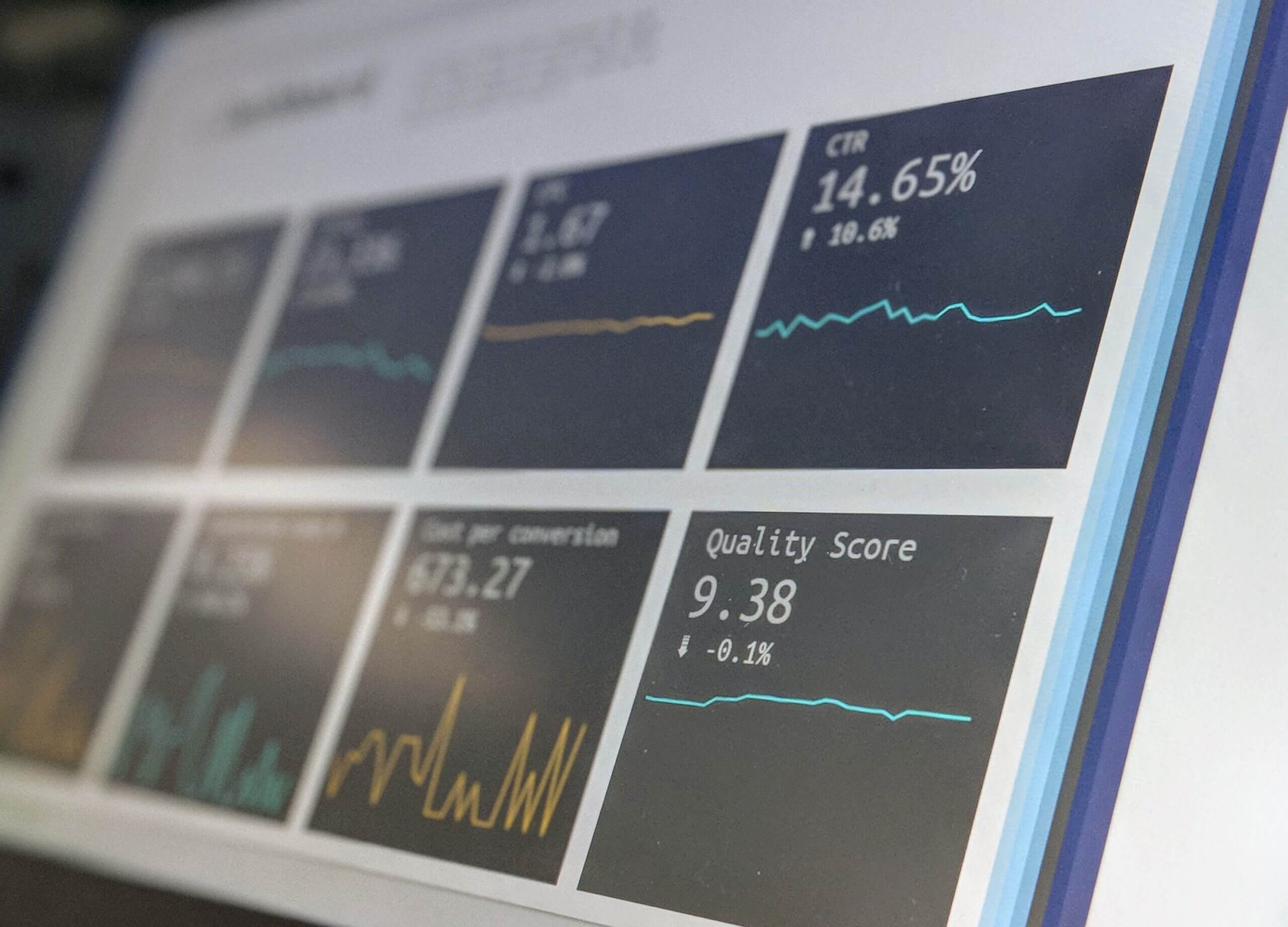The key to a successful project is approaching it with a plan in place, but it’s equally important to have a way to gauge the efficacy of that plan. Project management metrics are a type of key performance indicator (KPI) that delivers information vital to proving value, improving productivity, identifying shortcomings in relation to competitors and keeping a project on budget and on time.
There are dozens if not hundreds of project management metrics that could prove useful depending on the type of project as well as the goals you’ve outlined. Here are few of the most common:
Productivity
There are a bunch of metrics that fall under the productivity banner. All are used to determine how resources are being used, whether absenteeism is getting in the way of achieving milestones and if certain team members are carrying the group or lagging behind. Use this data to remove friction and streamline workflow to make it easier for the team to do their jobs.
Scope of Work
Every time a client submits a new request, it has the potential to alter everything from your budget to when you’ll be able to deliver the final product. The primary KPI in this category represents new size of project vs. original size of project in the form of a ratio or percentage, but other metrics like productivity may also indicate that the scope of a product is shifting or will need to be adjusted.
Quality Assurance
Metrics tied to QA are designed to ensure that a product or service in development is going to deliver as promised and either meet or (hopefully) exceed expectations. QA metrics include raw data that can later be interpreted in tandem with other figures to guide project managers as they decide whether to press on with a product as-is, change the structure or functionality or scrap the product altogether.
Cost
Projects have a plethora of moving parts, and every time something wiggles, it costs money. Financial metrics are closely related to other KPIs, too; if you shift timeline or have an issue with QA, your bottom line is bound to be affected. Keeping daily tabs on your cost metrics gives you the room you need to stop a slow leak of money before it becomes a flood or redirect funds to shore up a promising development or campaign that has the potential for additional success.
Gross Profit Margin/Net Profit Margin
Both gross and net profit margin fall into the financial metrics category, but they’re important enough to deserve their own mention. Gross profit margin is how much money is left after subtracting cost of goods sold. Remember all those moving parts we talked about? Net profit margin helps you understand whether you’re going to make any money after you account for COGS as well as interest, overhead and taxes. A profitable product that turns into a loss once you measure net profit margin could be cause for worry.
Planning a project? Dig into our expert guide to key business performance metrics and set yourself up for success before you launch.



